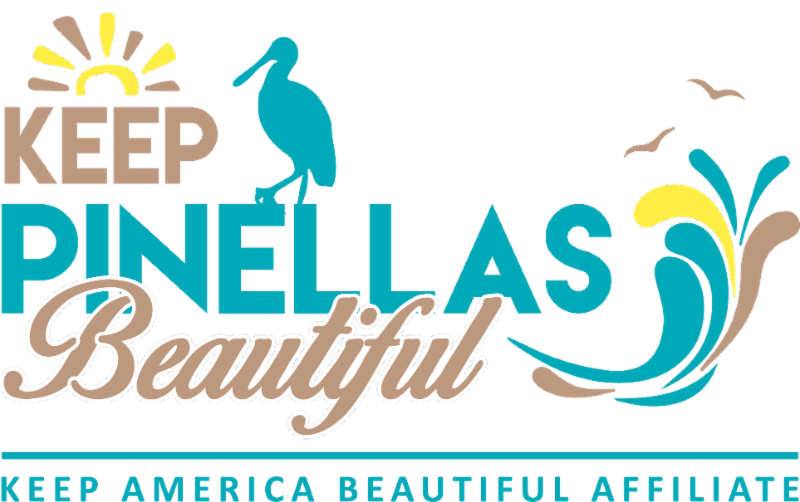All About Invasive Vegetation
At Keep Pinellas Beautiful, one of the ways we protect and conserve our natural environment is by removing invasive vegetation from our county’s green spaces. Though they may look harmless, invasive plants are detrimental to native ecosystems and need human intervention to get rid of.
What is invasive vegetation?
According to the U.S. Forest Service, invasive vegetation has two characteristics: it is non-native (meaning it did not originate in an area) and it is likely to cause harm to the environment, human health, or the economy of the area.
It’s important to note that not all non-native vegetation is invasive. In Florida, we frequently refer to “Florida-Friendly” vegetation. These are plants, both native and non-native, that grow well in Florida’s ecosystems without requiring excess fertilizer or water. For example, not all palm trees that you see growing in Florida are native, but because palm trees have non-invasive root systems and are adapted to hot, humid climates, they do well in Florida.
Why are invasive plants detrimental?
Invasive plants have adaptations that allow them to out-compete the native plants in an area. In Florida, water lettuce is an invasive plant because of how quickly it spreads and how easily it travels between water bodies. The Brazilian pepper is another example due to its fast growth and ability to shade and crowd out native vegetation. These characteristics make invasive vegetation difficult to remove.
When an invasive species displaces native plants, it reduces biodiversity in that ecosystem. Animals and insects depend on the native vegetation for food and shelter; losing native vegetation affects the food web of an area. Because invasive plants have an advantage over native plants, it’s up to us to remove them and to plant native plants to help restore the ecosystem.
How does invasive vegetation get here?
Typically humans don’t plant invasive plants with the intention of harming ecosystems or allowing a weedy species to take over. Instead, invasive plants have traveled to new places through a combination of unintentional and intentional action. Unintentional action includes situations like floating seeds traveling across an ocean via ballast water, seeds getting stuck to clothing or shoes, or even animals unintentionally transporting seeds.
Humans have also intentionally introduced vegetation that turned out to be invasive. People bring non-native plants to new areas (without realizing they might become invasive) because the plants are ornamental and look nice in gardens, they have some kind of health benefit, or they provide food.
What can we do about it?
Be mindful of your gardening. Stick to Florida-Friendly plants; if you’re not sure whether a plant is Florida-Friendly, a local plant nursery will be able to advise you. Assuming that plant nurseries don’t sell invasive vegetation is a mistake; some ornamental plants that you can find in chain nurseries will creep into unintended areas of your garden, and even outside of it.
Learn to identify invasive vegetation. If you know what Brazilian pepper or Caesar weed look like, you can take the proper steps to removing them from your property. Please note that large invasives, like Brazilian pepper, will require professional removal. If they aren’t removed correctly and the root system is intact, there’s a good chance they’ll grow back.
Finally, work with environmental organizations to remove invasives and restore natives. Keep Pinellas Beautiful works with a variety of partners to remove invasive vegetation and plant native species across Pinellas County. Check out our Upcoming Events to see what kind of habitat restoration activities we have coming up!

